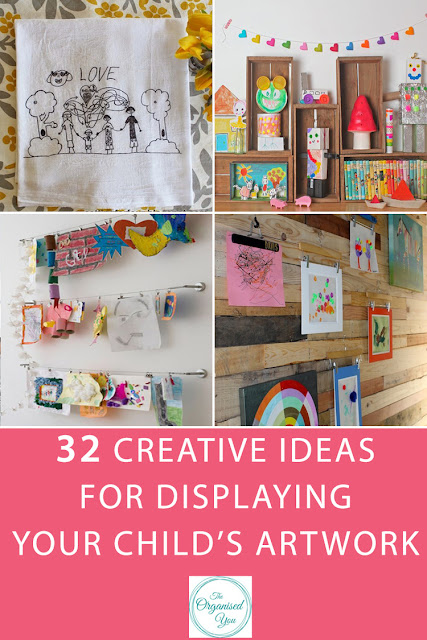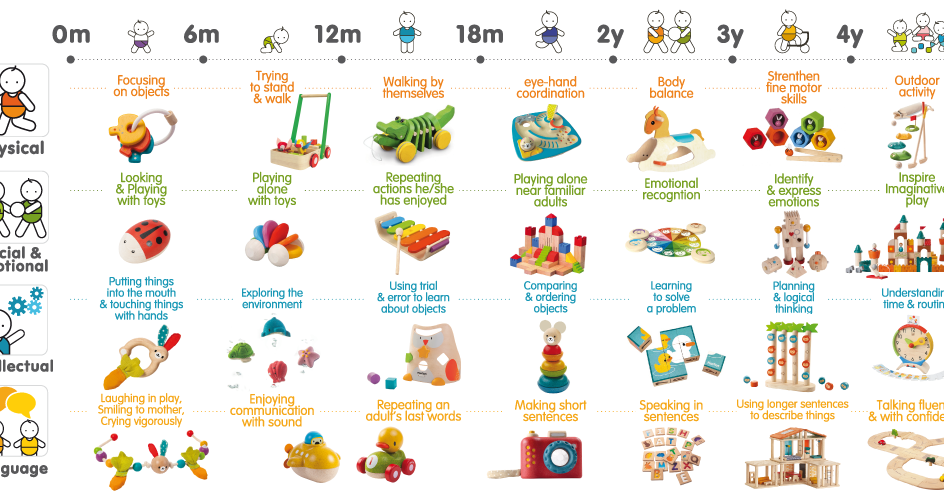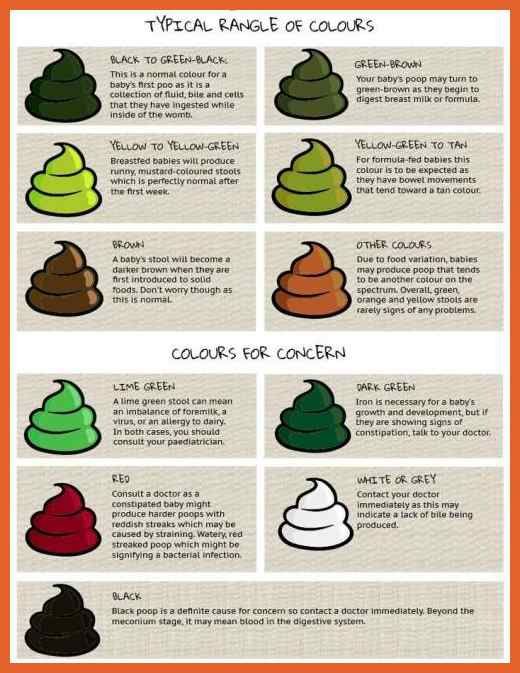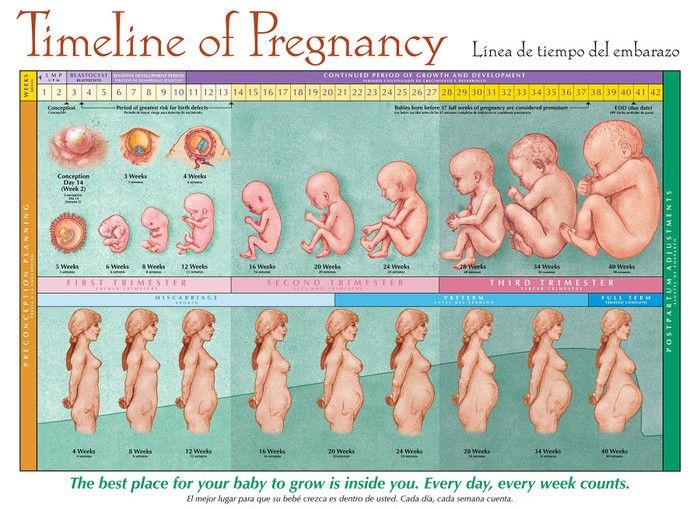How to display your child's artwork
Ten Ways to Display Kids' Artwork
By Elsa Simcik . June 1, 2022
Parents often face the dilemma of what to do with their kids’ art. From the tracings of their little hands to the stick figure drawings of their families, kids want to see their work displayed. But the reality is, we can’t keep it all of it, much less showcase it.
When it comes to displaying kids’ art, try simplifying the process with three rules:
- Keep their favorites.
- Display it in a way that it becomes part of your family’s home décor.
- Choose a method that allows you to change out the art often.
Check out more organization tips here.
Here are some clever ways to feature your favorite artists’ masterpieces.
Table of Contents
For an affordable and easy solution, try picking up a yardstick and a bag of clothespins and sticking them on a wall. As explained in the blog, My Domestic Daybook, you can also paint the yardstick and the clothespins. This blogger chose a neutral white, but painting each clothespin a different color could add some punch to your playroom wall. She adhered the clothespins to the yardstick with tacky glue and the yardstick to the wall with velcro (but Command Strips are another good option). With this method, kids can feature up to nine pieces; it is so simple to change out the artwork, they can even do it themselves.
IKEA sells this to hang curtains but parents have discovered it is a genius way to display artwork. The silver cable wire and matching hooks give walls a shiny, industrial look. The Dignitet curtain wire comes with all the pieces necessary for mounting it to the wall and the price is usually under $20.
3. Turn it into something useful
This method breaks rule number three (since you can’t change out the pieces) but still, it is a great option for people who prefer not to hang kids’ artwork. Instead, take photos of your children’s pieces and upload them to a site like Shutterfly or Snapfish and turn them into household items, like a mug, a photo book, a pillow, a reusable shopping bag or even a puzzle.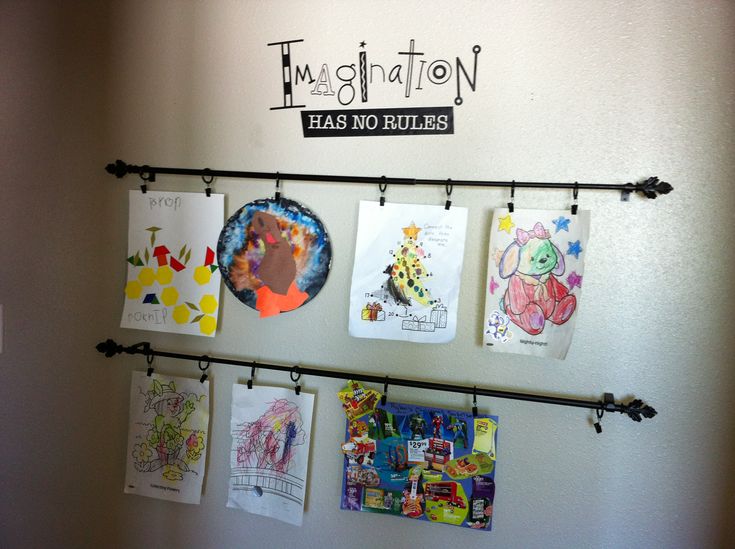 These also make perfect gifts for grandparents.
These also make perfect gifts for grandparents.
4. Cork Boards
Old-fashioned cork boards are versatile and super easy to use. But for a prettier and more customized way to feature artwork on a cork board, pick up the kind with a frame like this one from Hobby Lobby and stick the child’s initial on the board. In fact, you can get a cork board and initial per child so each one has their own little gallery.
5. DIY Art Gallery
All art looks best framed but framing children’s creations is both costly and time-consuming. With a few open frames and clothespins, you can create your own art gallery. There are several ways to accomplish this. One blogger bought six frames, painted them yellow and attached fishing wire. Then, she and her child hung pictures with a clothespin. Another simpler approach is to mount a clothespin to the middle of the frame.
This idea is exactly like it sounds—a wall of clipboards. Parents will love that this method is cheap and makes for super simple art change-outs.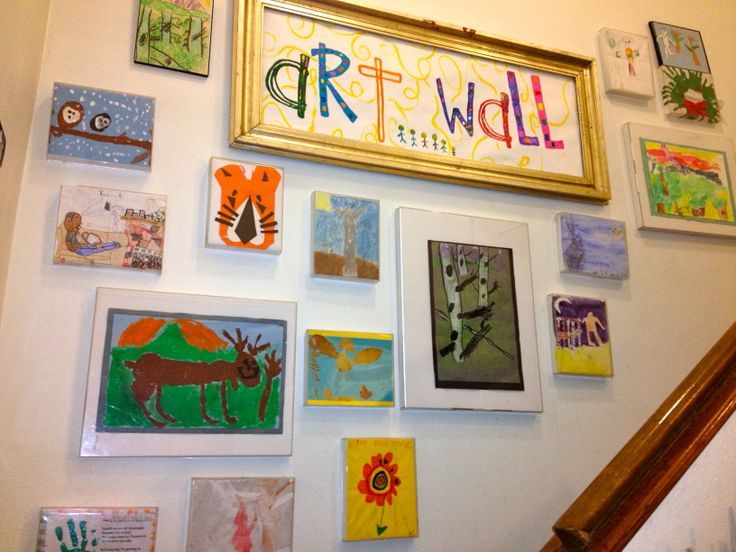 They may not love that they have to nail them into the wall. Still, 15 or so clipboards with colorful artwork can spark some cultured conversation.
They may not love that they have to nail them into the wall. Still, 15 or so clipboards with colorful artwork can spark some cultured conversation.
7. Hinged Storage Frames
The hinged storage frame may not be the cheapest option, but it is certainly easy to use and aesthetically pleasing. The frame makes it really simple for parents to feature their children’s artwork and store other pieces. Hang the frame on the wall and open it every time you want to showcase a different masterpiece.
8. Curtain Rod with Hooks
Similar to the Ikea cable wire solution, this option gives parents a little more flexibility in style. Buy a curtain rod that goes with your décor and ring hooks to attach to it. The hooks should have clips on the end like the ones pictured above. Then mount the curtain rod to an empty wall and boom—instant art display area.
9. Magnetic Frames
For parents who are content to keep their children’s artwork on the fridge, but prefer the less cluttered look, magnetic frames work wonderfully.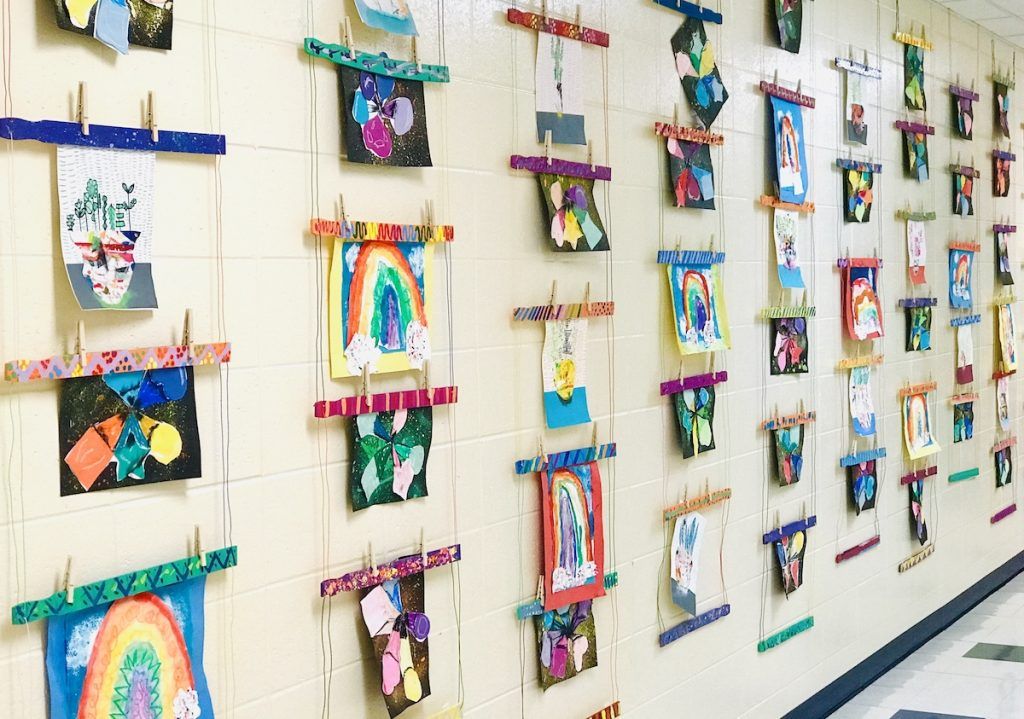 Most magnetic frames are made for photos and are too small for a child’s typical 8.5×11 piece of paper. Try magnetic document holders like these or, for an even cooler look, make your own magnetic frames.
Most magnetic frames are made for photos and are too small for a child’s typical 8.5×11 piece of paper. Try magnetic document holders like these or, for an even cooler look, make your own magnetic frames.
10. Frame Tape
When parents can’t bear the thought of hanging anything else but want to frame their children’s art, there is frame tape. Yes, this actually exists and it comes in all types of colors and styles. Simply unroll the tape and stick it on the wall in the size of your choice. Hang the artwork using mounting putty or push pins. This easy solution will brighten up any space, and is best suited for a kids’ room or playroom.
Organizing Kids’ School Papers and Art Projects
If you have school-age children, you are likely dealing with an ever-growing stack of school papers and artwork. Some of it may go straight to the recycle bin, but what do you do with the important papers and special art you want to keep?
Start by sorting
Before you start organizing your child’s paperwork and art projects, decide what to discard and what to keep. Set aside papers that show your child’s writing skills and artwork that you feel is unique to your child’s personality. Discard worksheets or daily papers. Make another stack of papers that have information you need, such as calendars, directories or spelling lists. Try to sort items at least once a week so the paper stack doesn’t get out of control. “Parents may want to feature their child’s artwork by hanging it in frames on the wall; this gives them the opportunity to enjoy it, then change the pictures over time,” says Stephanie Davis, a Certified Professional Organizer with Let’s Get Organized.
Set aside papers that show your child’s writing skills and artwork that you feel is unique to your child’s personality. Discard worksheets or daily papers. Make another stack of papers that have information you need, such as calendars, directories or spelling lists. Try to sort items at least once a week so the paper stack doesn’t get out of control. “Parents may want to feature their child’s artwork by hanging it in frames on the wall; this gives them the opportunity to enjoy it, then change the pictures over time,” says Stephanie Davis, a Certified Professional Organizer with Let’s Get Organized.
Start a keepsake box
A keepsake box is a space for you to save items that mean something to you or your child. “A keepsake box causes you to constantly purge and evaluate what you really want to keep,” says Davis. Some parents may have a box for each grade level, but Davis suggests sorting items by type, such as artwork, invitations, pictures, projects and adventures. This will give the boxes a more defined purpose and makes them easier to maintain.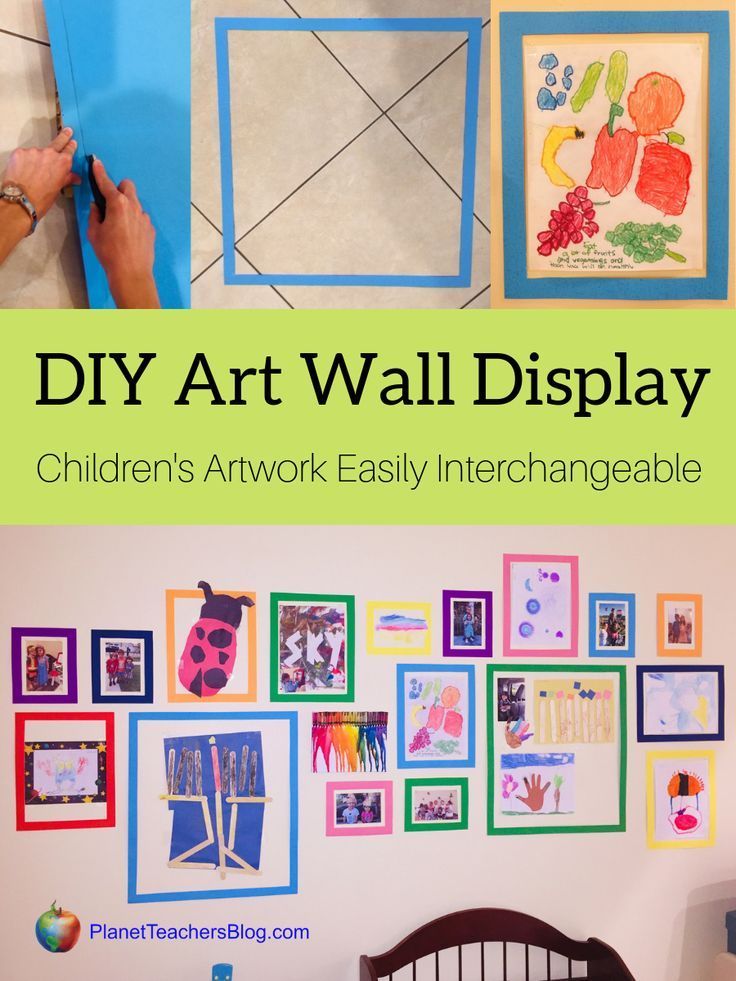
Create a family binder
Creating a family binder for important information can help families stay organized. Each family member has a tab, and their sports calendars, school directories and medical information are stored there. When you need something in a hurry, you know right where to look. “I encourage families to use a family calendar app so everyone knows what is going on and important papers can be scanned and computerized as well,” says Davis.
Go digital
Some parents may find it easier to go digital when it comes to storing their child’s artwork and school papers. Joanna Cline, mother of three, says, “I use the Artkive app to store my kids’ art. At the end of the year I will make a photobook of their artwork.” Other apps that help save artwork are DearMuse or Keepy. Many of these apps have family sharing available.
As your child grows, the items you want to save in your keepsake box may change. It’s okay to discard items to make room for something you value now.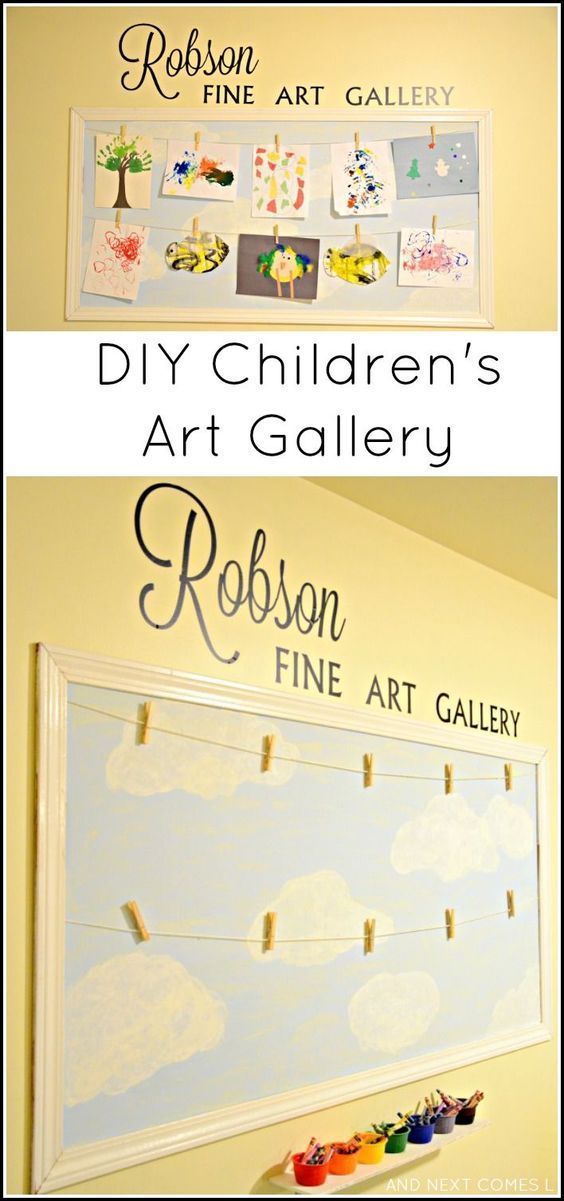 The important thing is to keep the items that mean the most.
The important thing is to keep the items that mean the most.
-Sarah Lyons
Good Stuff, Parenting
21 Kids Art Display Ideas for Your Home
Great ideas for a kids art display that honors children’s creativity, look good in your home, and are easy to update regularly.
As parents, we are always looking for kids art display ideas, right?
Their artwork deserves a special display, but can often end up in a pile despite good intentions. We’re speaking for ourselves here, but we know we’re not the only ones.
Want to transform that stack of original kid creations into a display that honors their artwork and looks good in your home? Oh, and is easy to switch out as your children create new art or their art style develops and changes?
In this post we’ll share lots of ways to display kids’ artwork.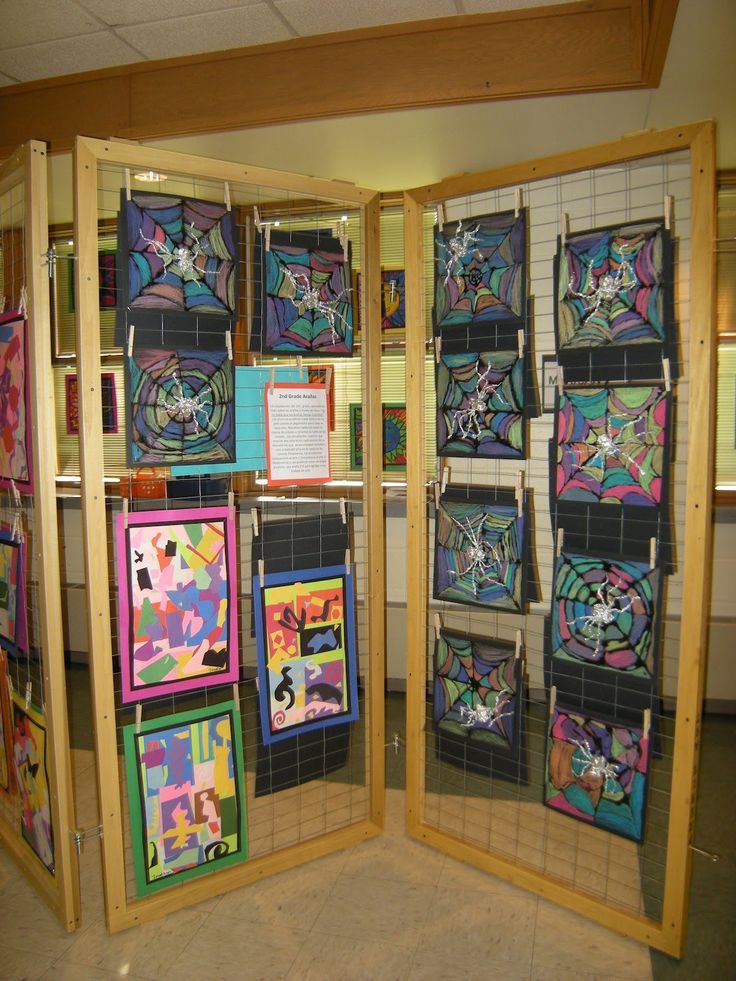 Some are ones we use or have used and others are ideas we’ve admired. They all fit as many of the above criteria as possible.
Some are ones we use or have used and others are ideas we’ve admired. They all fit as many of the above criteria as possible.
Especially the bit about being easy to switch out artwork as your children continue to create and to grow.
Photo by Andrea Martelle1. Frames that Display and Store Kids’ ArtworkUse kids art frames that combine a professional-looking frame with easy storage. Each of these frames doubles as storage for additional pieces of your children’s artwork. We recommend The Articulate Gallery and My Little DaVinci frames.
Photo by Jean Van’t Hul2. Kids Art PosterHave Itsy Art turn your favorite kids art pieces into a poster. We were all pleased with how the posters turned out and the kids loved seeing their artwork displayed this way.
Photo Rachel Withers3. Wood Bead Clip GarlandUse this wood bead and clip garland from Etsy to hang your kids’ artwork.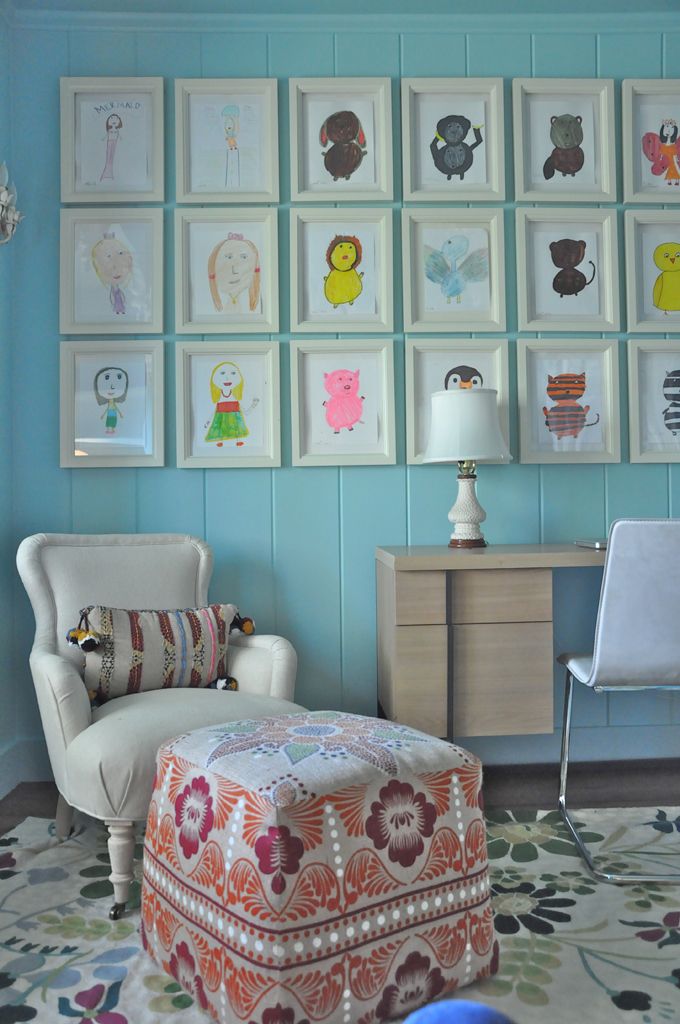 If you’re feeling crafty, you can also DIY this with a wool ball garland + clothespins.
If you’re feeling crafty, you can also DIY this with a wool ball garland + clothespins.
If you’ve got the space, consider turning one wall into a cork board like Florence+Henri Lifestyle did, for displaying all of your kids’ art. Or turn a chalkboard wall into a kids’ art gallery as shown on The Artful Kids blog.
Photo by Marian Louise Designs5. Matching Frames for a Cohesive LookCreate a cohesive gallery wall by using inexpensive frames that are all the same color, as shown on Marian Louise Designs. You can easily switch out the artwork and change what is displayed, and matching the frames allows the art to really shine. We love IKEA frames for projects like this!
Photo by Marla | Everyday MomLife6. Hanging Display WireUse an IKEA wire curtain rod system to display the art, like Marla on Everyday MomLife.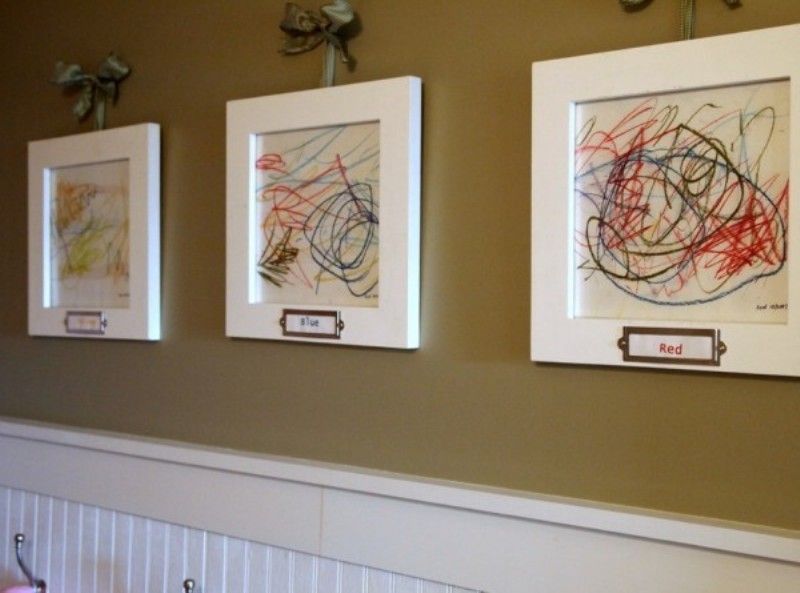 There are also tons of super cute alternatives on Etsy, like this rainbow clothespin display set!
There are also tons of super cute alternatives on Etsy, like this rainbow clothespin display set!
Use ledges or floating wall shelves for a kids art display area. It’s easy to change out the artwork and simply prop up painted canvases, framed art pieces, and 3-D art. Try layering and moving them around as much as you like without putting unsightly holes in the walls.
Photo by Rachel Withers8. Magnetic Wooden HangersThese magnetic wooden hangers are simple and lovely. And they allow you to change up your child’s artwork whenever they create something new!
Photo by Rachel Withers9. Display Kids Art on HangersUse pants hangers to display kids’ artwork for an easy option to rotate. How simple is that?!
Photo by Plum Print10. Make a Kids Art BookMelissa from The Artful Parent created a book with her kids’ artwork with Plum Print and now it’s a prized possession in their house!
If you live in the UK, Doodle nest is a great option for creating kids’ art books!
Photo by ArtKive11.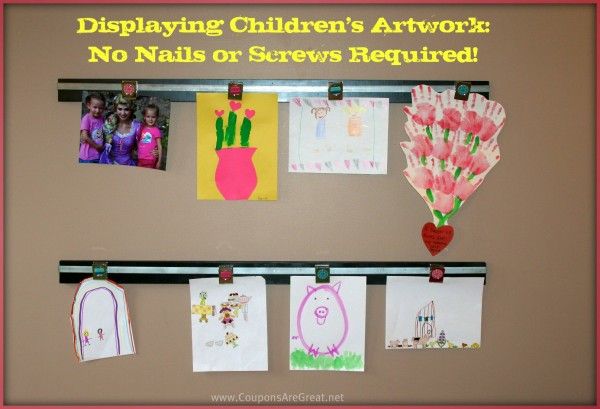 ArtKive
ArtKive Use the ArtKive app to photograph your children’s artwork from your smartphone and tag it with names, dates, and descriptions. You can print a book of selected artworks with practically just the push of a button!
Sounds like the busy mom’s solution to that book we all intend to create but don’t get around to doing.
Photo by Rachel Withers12. Wooden Clipboard DisplayWe love this wooden clipboard display as the perfect way to display the artwork of the moment, and easily rotate pieces in and out. Etsy also has this adorable “Look What I Made!” alternative that would be perfect for a kids’ room!
Photo by the Organised Housewife13. Cork Board + Push Pin ClipsYou can’t beat the classic corkboard and push pin combination for hanging kids’ artwork. You can even use these push pins that are also clips! We love this all-white version, as shown by the Organised Housewife.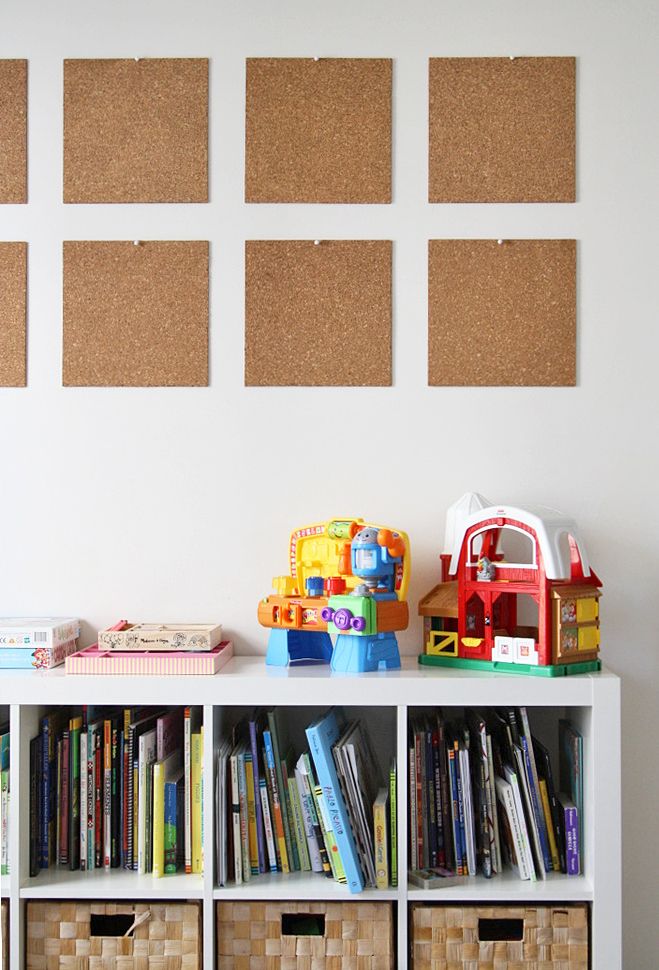
If you have some extra curtain rods, create a series of art display bars, as shown by Traci Remley. This is such a fun way to reuse materials you already have, and create the feeling of a gallery for your children’s artwork.
Photo by minted.com15. Letterpress Art PrintFor a more long-term solution for a favorite piece of artwork, you can visit minted.com and turn your kid’s artwork into a letterpress print.
Photo by Rachel Withers16. Kids-Only Art Display Area or Mix Artwork Throughout HomeHave one wall that’s a focal point for hosting all your kids’ art in one spot OR mix their art in with the other artwork you have hanging around the house.
Photo by Sorted Spaces & Design17. Vertical Display with Hanging WiresIf space is limited, try creating a vertical hanging display like this one from Sorted Space & Design.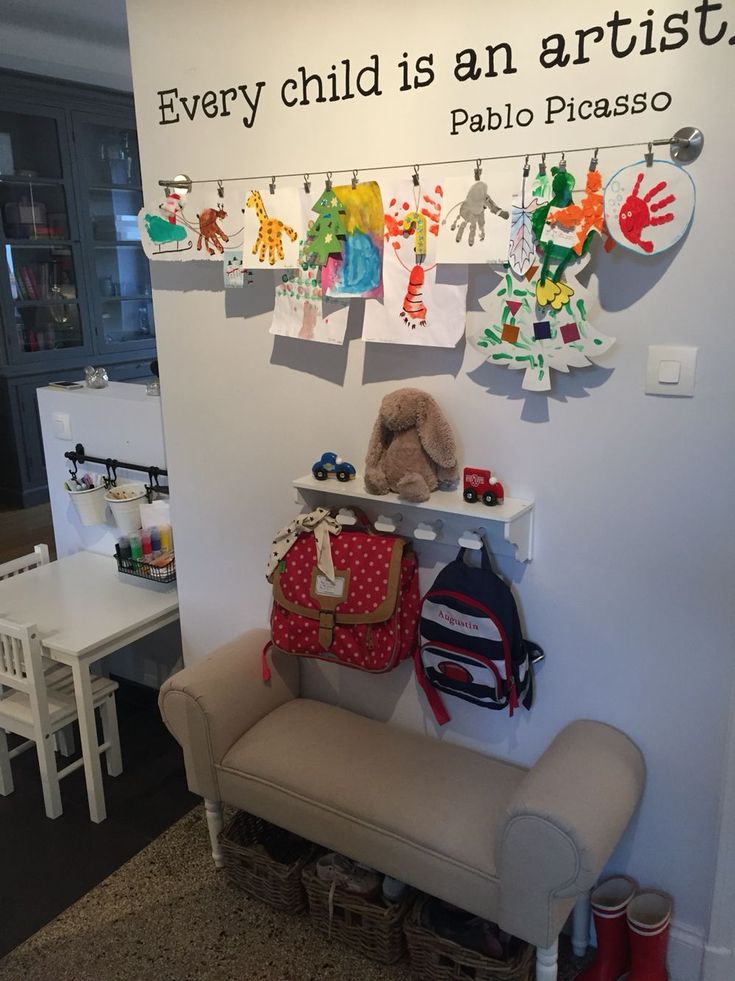 Or do as the folks at The Artful Kids blog did and create a space-saving vertical display with hanging wires.
Or do as the folks at The Artful Kids blog did and create a space-saving vertical display with hanging wires.
We don’t love putting lots of tack or nail holes in our walls, so this washi tape gallery wall from Erin at the Parent Strategist is the perfect solution! No holes in the walls, and you can easily change out the artwork as you want. Plus, we can’t get enough of the fun washi tape prints and colors out there!
Photo by Rachel Withers19. Consider the type of artworkSometimes the materials we use make a great instant frame themselves. A canvas itself is ready made to frame––just add art! Or paint on canvas fabric and create a hanger with beads and wire that just needs a hook. Cardboard is sturdy enough to set on a shelf as is without framing.
Sculptures and other 3D artwork are easily displayed around the house in little nooks, bookcases, shelves and hutches.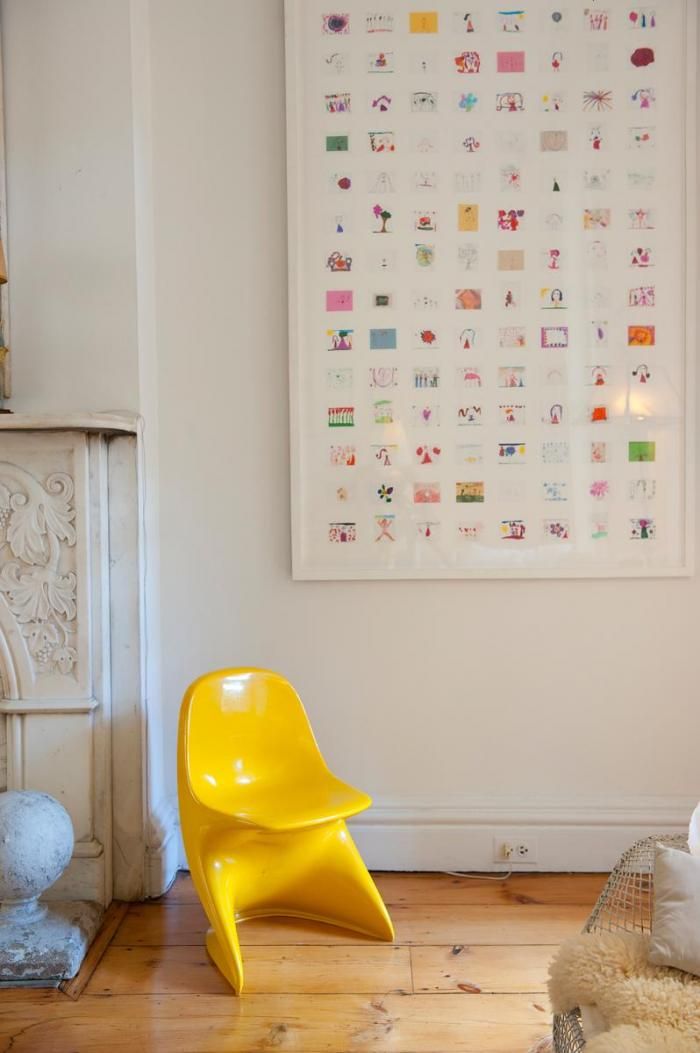
20. Have the Framing Done for You
If you’d like the hassle of framing artwork off your plate, let a site like Framebridge to do it for you! They will frame both original works and digital copies and have an amazing selection of gorgeous frames!
Or try a similar service specifically for kids’ art from Tiny Art. All you have to do is take a photo of the original, upload it and choose your favorite color for your unique piece of art.
Photo by Rachel Withers21. Local Art GalleryDo you belong to a kids play group, children’s art group, or preschool? Consider having an art show at a local coffeeshop, bakery, school or ice cream shop for a period.
When you approach the owner/manager with your idea, make sure to mention that you can have a low-key reception for the young artists and their families. This translates to lots of people buying their muffins or ice cream cones! And the kids’ families will likely continue to visit throughout the month to see their art on display and share it with their friends and neighbors.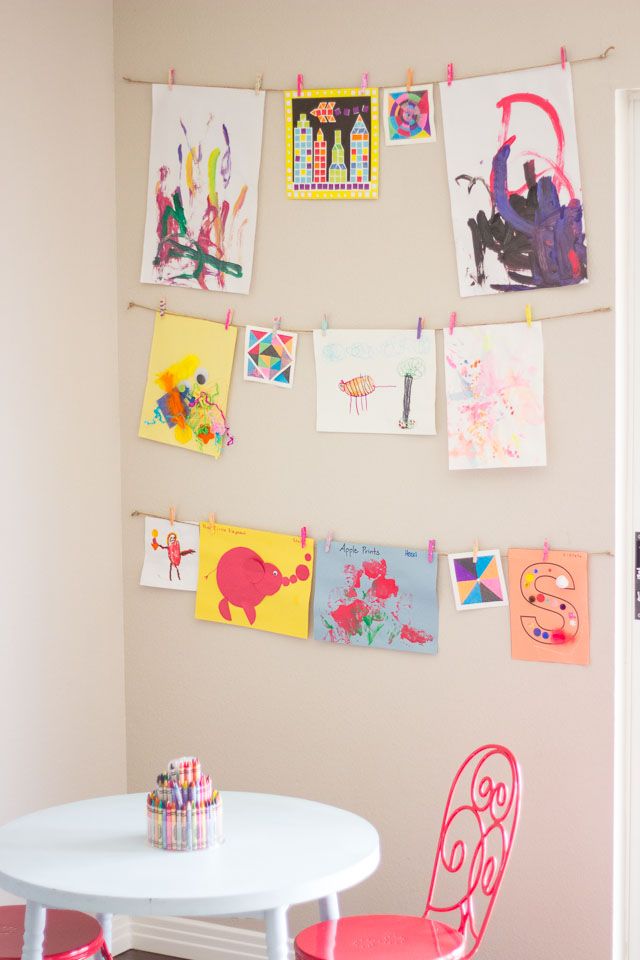
Which idea for ways to display kids artwork is your favorite?
Photo by Andrea MartelleMore Kids Artwork Solutions
- 4 Steps to Organize Kids Artwork & Tackle the Stacks
- 6 Easy Ways to Store Kids Artwork
- 13 Ways to Reuse Children’s Art
- 6 Easy Ways to Display Kids Artwork
- 3 BEST Tips to Maintain a Kids’ Art Space
- 6 Unexpected Designer-Approved Ways to Save and Display Kids’ Art
- Our Favorite Way to Frame Kids’ Artwork
Pin It for Later
How to understand from a drawing that a child needs a child psychologist
Almost all children draw with pleasure. Drawing is both a child's fantasy and a reflection of what the baby has seen or learned. This is both play and learning. How often we are proud if the drawings are getting better and better, but almost do not pay attention to what exactly and how is depicted on a sheet of paper.
But a child's drawing reflects the child's inner world, which is why psychologists pay special attention to the drawing. Because it is easier for a child to draw than to express something in words. A drawing is such a sincere story about oneself, about how a child perceives both himself and his environment. nine0003
For a specialist, it is also an indicator of the child’s mental development, his perception, motor skills, the development of thinking and speech, his emotional state, which is why so often during consultations a psychologist asks a child to draw a specific drawing and evaluates it according to certain criteria. As a rule, drawing tests are an adjunct to other diagnostic techniques, and by themselves are never the basis for any diagnosis. They help to understand how and what the child thinks, how he imagines something, what he feels, and where there may be problematic situations. nine0003
What should I pay attention to?
Look at a child's drawing more closely and you will get to know your child much better. What does he think and dream about? What is he afraid of? How does he see the world around him?
Up to 3-4 years old, kids only master pencils and felt-tip pens. The very first drawings, as a rule, are the well-known “cephalopods” - circles with sticks (arms and legs) and eyes. But the drawing of a child of 5-7 years old already quite fully reflects both his inner world and his perception of the surrounding space. nine0003
Pay attention to the child's drawings in general. What emotions do they convey? What is the general impression? What do you think, what feelings did the child experience while drawing - was he happy, sad, angry, regretted something?
It's best if you look at different pictures, because a single picture can be random, and just talk about some fleeting state.
What can the pictures tell about?
nine0002 Psychologists have noticed that some drawings can tell about important things for a child - about his family and relationships within the family, about himself and how he sees himself in the world. And you and I can open the door to the world that your child sees.Family drawing
Children often draw their father and mother, grandparents, their brothers and sisters.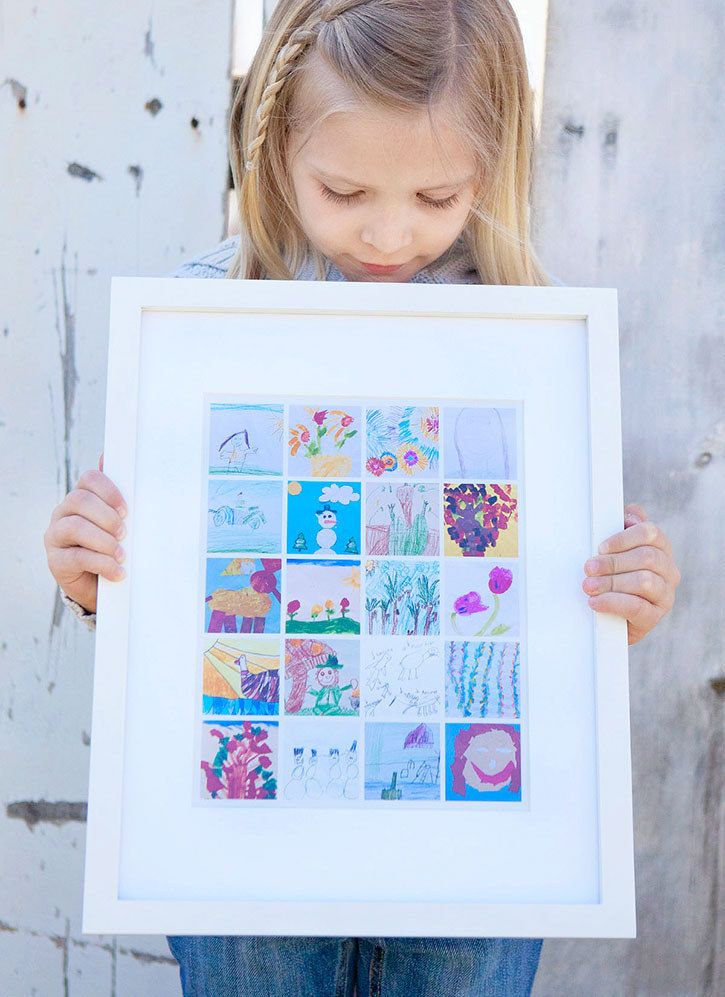 Let's look at the family through the eyes of a child:
Let's look at the family through the eyes of a child:
- Who is in the family, who is the child drawing? Well, if all family members are in the collection. But sometimes it also happens, for example, that in response to a request to draw his family, a child draws himself, a cat and a TV. nine0028
- How are the family members feeling? Are they friendly or swearing with each other, arguing and quarreling?
- The height and size of the people in the drawings is a very interesting indicator. It can also reflect real growth (for example, dad is taller than mom), or it can also talk about who is in charge in the family.
- How are the shapes arranged on the sheet? If the whole family is drawn together, and someone is alone and far away, then this can be both a drawing of a real situation (“dad is on a business trip”), and a reflection of the child’s perception - “dad rarely communicates with us, I miss him.” nine0028
Draw a girl (boy) that looks like yourself
- The drawing of a person who looks like himself is also interesting to analyze.
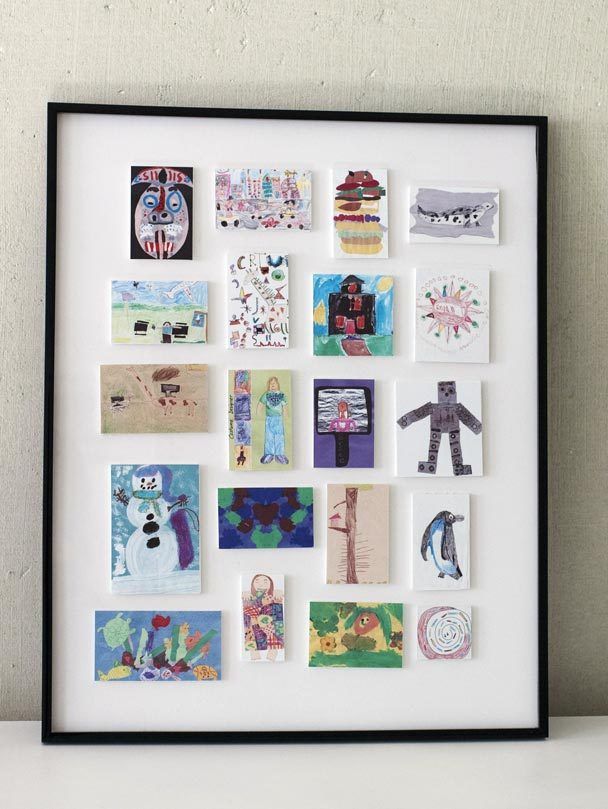 How does the child perceive himself? What does he dream about, what does he want to be?
How does the child perceive himself? What does he dream about, what does he want to be? - Pay attention to how the child portrays himself, how drawn parts of the body, clothes.
- How a child places himself in a group of people - if he is smaller than other people or is on the sidelines, then this may indicate difficulties with communication. nine0028
- Pay attention to the mood of the little man in the picture.
Draw Kindergarten / Draw Your Class
Situation drawing is a great indirect way to find out how your child feels in kindergarten, at school, at the doctor's, at a party, and what's going on there. Children can not always tell about it directly, but through the drawing you will learn a lot of interesting details.
- Ask the child where he is in the picture, how he feels, whether he is happy or sad, and why. nine0028
- What other people in the picture do and say - friends, educators, teachers.
And that can already be dangerous!
Sometimes a drawing can be a signal that the child is not all right, and it is worth contacting a psychologist or a doctor.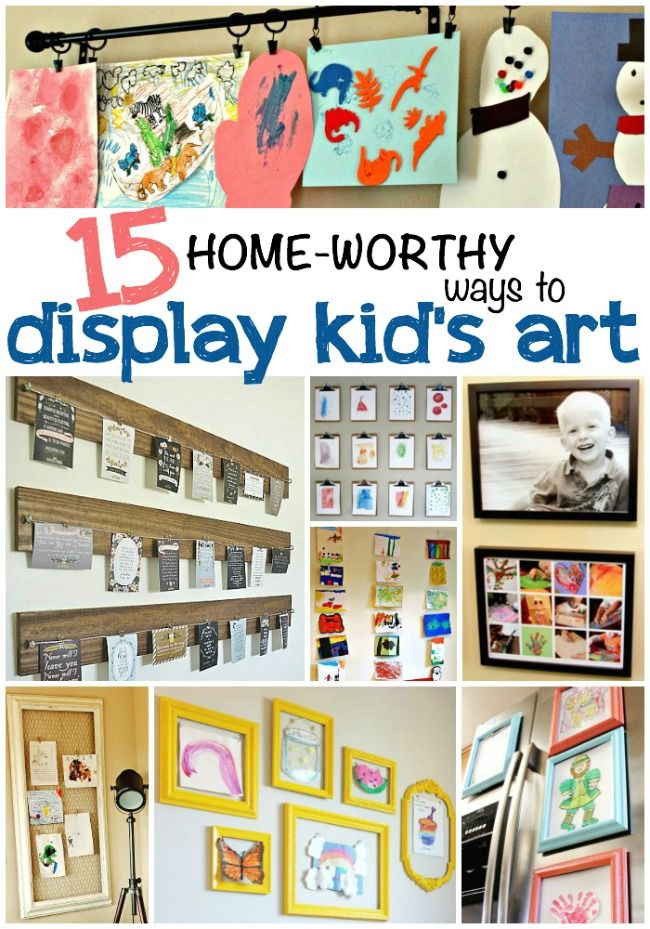 In no case do we urge to make a diagnosis and draw any conclusions only on the basis of drawings. But we would like to pay special attention to some points.
In no case do we urge to make a diagnosis and draw any conclusions only on the basis of drawings. But we would like to pay special attention to some points.
Here are some red flags to watch out for:
Notice how the child draws
- Very weak pressure on the pencil, blurred lines , and in children older than 5-6 years - inability to shade ("paint over") the area inside the closed line (hatching goes far beyond the contour area, or does not reach the contour significantly).
What could this be talking about? These manifestations may indicate neurological disorders, visual or musculoskeletal disorders, or impaired fine motor skills. It is worth paying attention to the pediatrician and neurologist. nine0003
- The drawing of a person contains images of internal organs . Of course, a drawn heart of a princess or a prince does not count, or a drawing of a doctor's appointment. But if the child often depicts the internal organs in detail, then it is worth consulting a psychiatrist.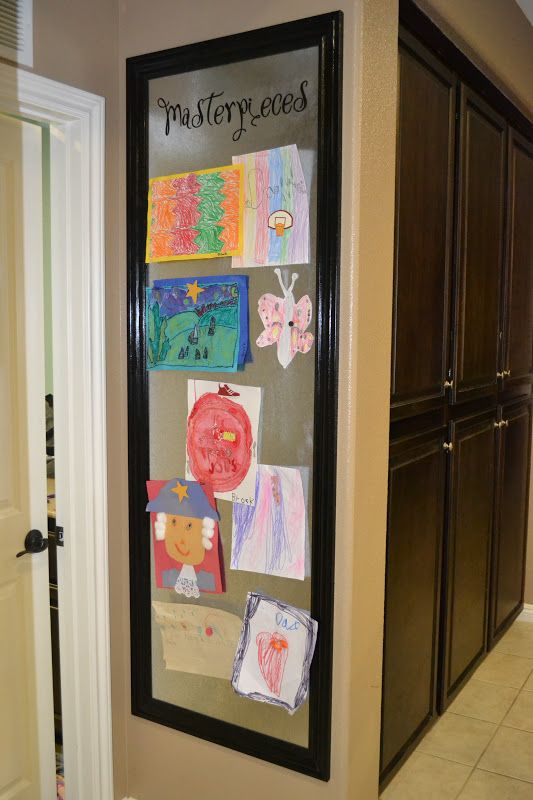
- Separation of body parts in figure : arms and legs are not attached to the body, body parts seem to be not connected to each other and the child cannot draw a whole picture of a person. nine0003
What does this mean? This may indicate personal disorganization or mental disorders. It is advisable to consult a child psychologist or psychiatrist.
- Stereotyped drawings : the same drawing is repeated many times, with the same elements, colors, arrangement on the sheet.
What does this mean? This may be a sign of psychological disorders - for example, something is very important for the child, he cannot live through some situation, and he constantly draws the same thing. We recommend consulting a psychologist. nine0003
- There are no people or animals in the drawings : The child draws only inanimate objects or abstract drawings.
What could this be talking about? This can be both a sign of difficulties in communication and building relationships, and a sign of neurological disorders, for example, on the autism spectrum.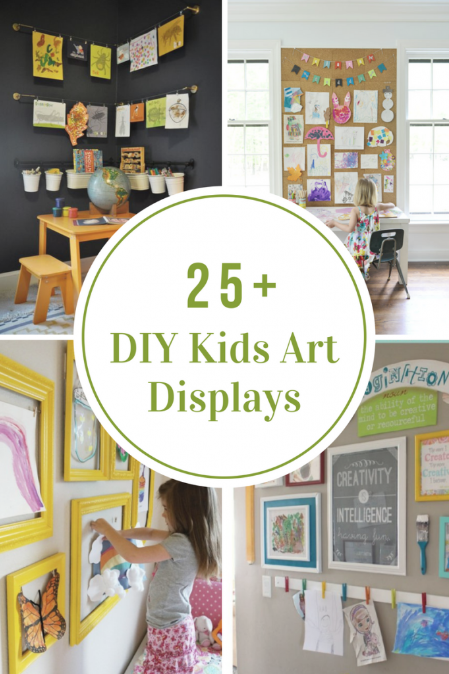 It is worth consulting with a neurologist and a child psychologist.
It is worth consulting with a neurologist and a child psychologist.
- Strong emphasis on aggression - big teeth in animals, shooting weapons in people, images of explosions, suffering people and animals, destroyed buildings. A large number of objects in black and red in the drawings. nine0003
What does this mean? This is a sign that can mean both strong fear, and hidden (or open) aggression in a child, and the violence he experienced, and a trace of a situation or news that impressed him greatly. Talk to the child - what he draws and why, what it means. How does he feel after drawing. What scares or angers him. And, of course, consult a child psychologist.
- Injuries in humans : sometimes the child's physical pain is reflected in the drawings, which he is afraid to talk about. Look at the injuries in people or animals in the pictures, pay attention to the place where the patch is drawn. Maybe the baby was hurt or something worries him? Ask him about it or inspect this place with a child.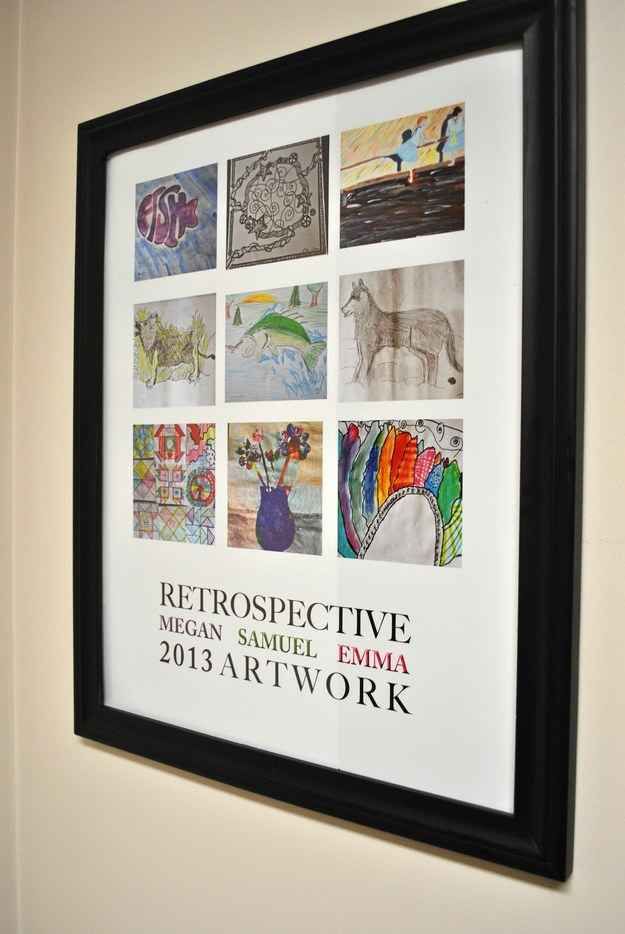 nine0003
nine0003
- Complete failure to draw . Usually children easily do what is given to them without much difficulty. If for some reason it is difficult to draw, then this may be an indicator of hidden problems.
What does this mean? Perhaps the child has underdeveloped fine motor skills, and it is really difficult for him to draw (this is a question for consultation with a pediatric neurologist). A complete refusal to draw can also be an indicator of psychological problems - the child is afraid to make a mistake, afraid to express himself, or even he has experienced a traumatic situation and is afraid to show his feelings. In this case, you should contact a child psychologist. nine0003
- Pay attention to the drawings in general . If you notice that the colors are changing, there are some changes in the theme of the drawings that are incomprehensible to you - do not be shy, ask a child psychologist. Your child's drawing may reflect his emotional state in general.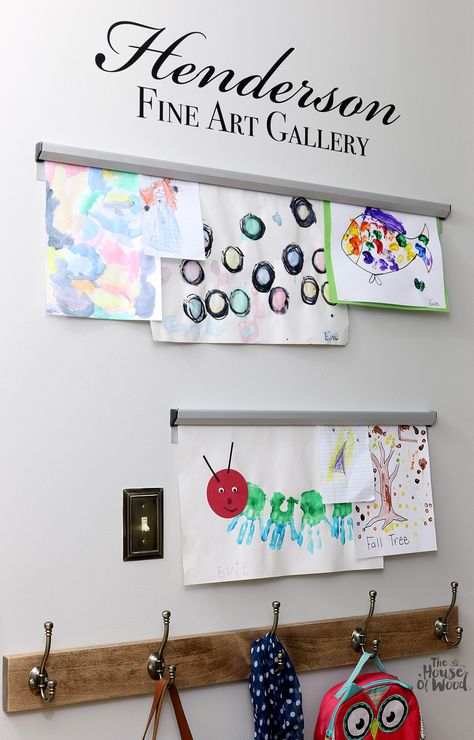
Drawing is a great occasion for communication!
Talk to your child about his drawings often. This is a great opportunity for a conversation - you will find out what the child thinks about, what worries him or inspires him, what he dreams about. nine0003
You can ask a variety of questions - “What and who did you draw? Why exactly this color? Why is the item or hero located here? What are the characters in the picture doing, how do they feel? Who or what is missing in the picture?
Sometimes it is difficult for a child to say something directly, but he can express it through a drawing and his story about him. This is a very good way to learn more about your own child - about his inner world, about his perception of other people. And it is also useful for the child himself - because he learns to tell, build sentences and express his thoughts and feelings. nine0003
In a word, if you treat children's drawings more carefully, and you will see the world through the eyes of your baby and will be able to understand it better.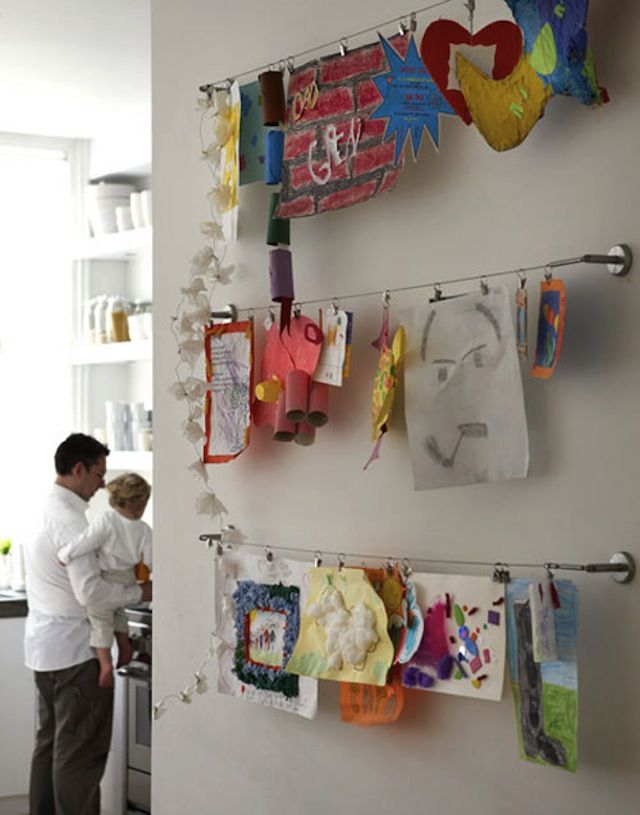
Back
What do your child's drawings say? How to understand what a child draws?
Have you witnessed the appearance of another masterpiece by the "great" master? Do not rush to call it an incomprehensible creation, take a closer look at the picture, try to decipher the secret meaning of the composition and understand what these strange spots, mysterious lines, dots, zigzags mean in unique canvases called "Mom and Dad", "Masha and the Tree" or just "Babyaka"...
If you pay attention, you will notice how much power, freedom and spontaneity is hidden in the very first drawings of the baby and how the creative essence of the little man is revealed through inexplicable scribbles. In these ridiculous, at first glance, creations, all his interests, anxieties, values are collected, that is, everything that excites the child, but which he cannot yet ask or tell in words. It is through the image on paper that the baby conveys his feelings, his attitude to people or events.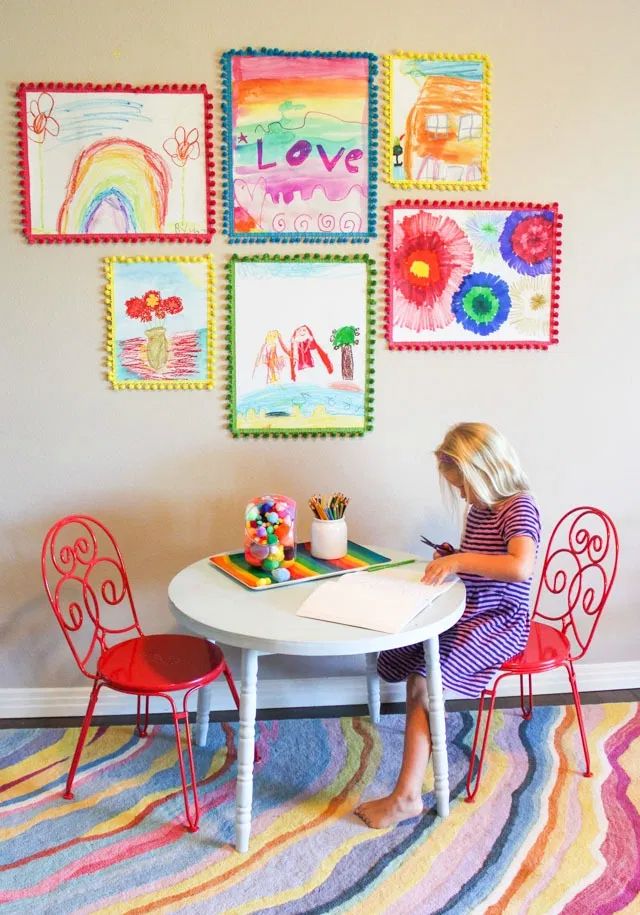 nine0003
nine0003
Drawing is a very useful, important and exciting activity that helps the child develop in all aspects. Studying the process of the appearance of drawings on paper, the child, on the one hand, learns the secrets of paints, pencils, brushes, crayons, and on the other hand, learns to notice what is happening around and place on a sheet of cardboard or paper what excites him not fully formed thoughts . Drawing develops the intellectual abilities of the baby, strengthens the muscles of the fingers, develops fine hand movements. Holding a pencil or brush with paint, the child trains the coordination of eye and hand movements, which will definitely come in handy in the future when learning to read and write. nine0003
While drawing, the child explores the world around him from new points of view, because in order to experiment with depicted objects, actions, people, one needs to observe and notice more. So, he understands that the table has four legs, the cat has two eyes, and it turns out that there are five wheels in the car, and one always lies in the trunk just in case.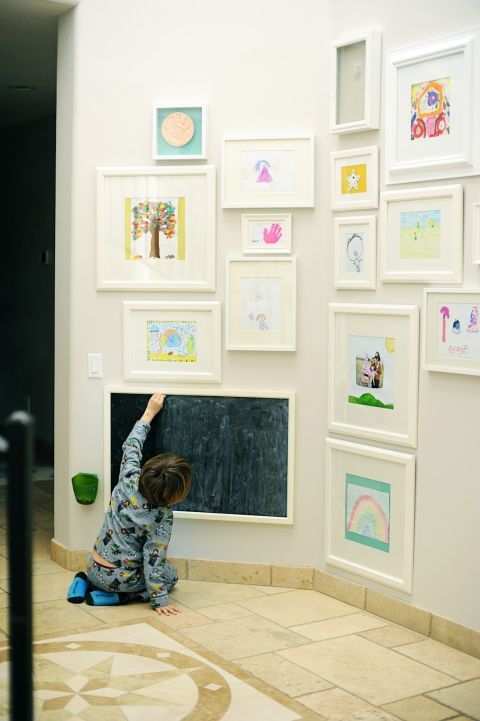 It turns out that, by depicting the world around him, the child masters reality and makes many discoveries long before he learns, for example, to count.
It turns out that, by depicting the world around him, the child masters reality and makes many discoveries long before he learns, for example, to count.
Where does it all begin? nine0009
One fine day, your child, accidentally waving a felt-tip pen clenched in his fist, noticed that there was a trace in the form of some kind of line on a sheet of paper (or wallpaper). He waved his hand again, a little harder, and the line became more visible. This discovery brought the child into the strongest excitement, and in order to make sure of the "purity of the experiment", he repeated it until the white sheet turned into a kaleidoscope of colorful lines and spots ...
The time for wonderful discoveries is coming, and pencils, paint and felt-tip pens become a real source of miracles. It turns out that if you put your hand on a sheet of paper, carefully circle it with a pencil, and then remove it, its exact copy will remain on the paper! Seeing this, the kid will for some time compare what he received with the original, and, making sure that everything remains in place, he will finally believe in the miracle of "split".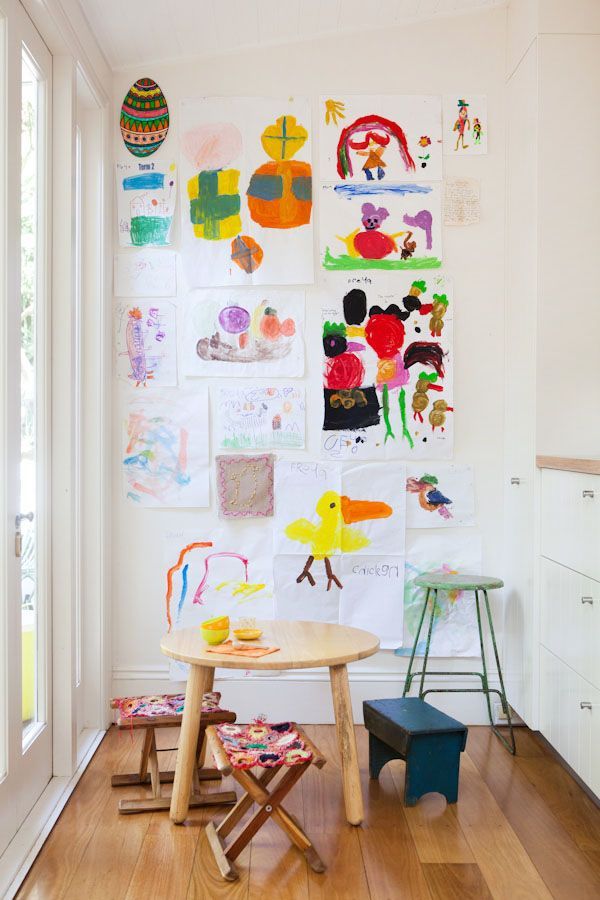 By the way, it is this discovery that will allow the child to understand that if you try hard, then the picture will definitely turn out to be some object or person from reality: he saw a beautiful house and immediately depicted his “double” on paper ... And it doesn’t matter what on in the drawing, it is almost no different from a bus or a portrait of a beloved grandfather: just one larger circle, another smaller one and a few "other" sticks! Nothing can be done, at first you have to be content with this. nine0003
By the way, it is this discovery that will allow the child to understand that if you try hard, then the picture will definitely turn out to be some object or person from reality: he saw a beautiful house and immediately depicted his “double” on paper ... And it doesn’t matter what on in the drawing, it is almost no different from a bus or a portrait of a beloved grandfather: just one larger circle, another smaller one and a few "other" sticks! Nothing can be done, at first you have to be content with this. nine0003
Of course, the child is not immediately able to draw what he wants. First, a one-year-old or one and a half year old child, picking up a pencil, draws more or less curved lines on a sheet of paper. Then, when the hand gets a little stronger (closer to two years), the dashes will take the form of spirals, then ovals, circles. And, finally, by the age of three, angles and broken lines will come out from the artist’s pen, that is, something from which you can assemble a real picture.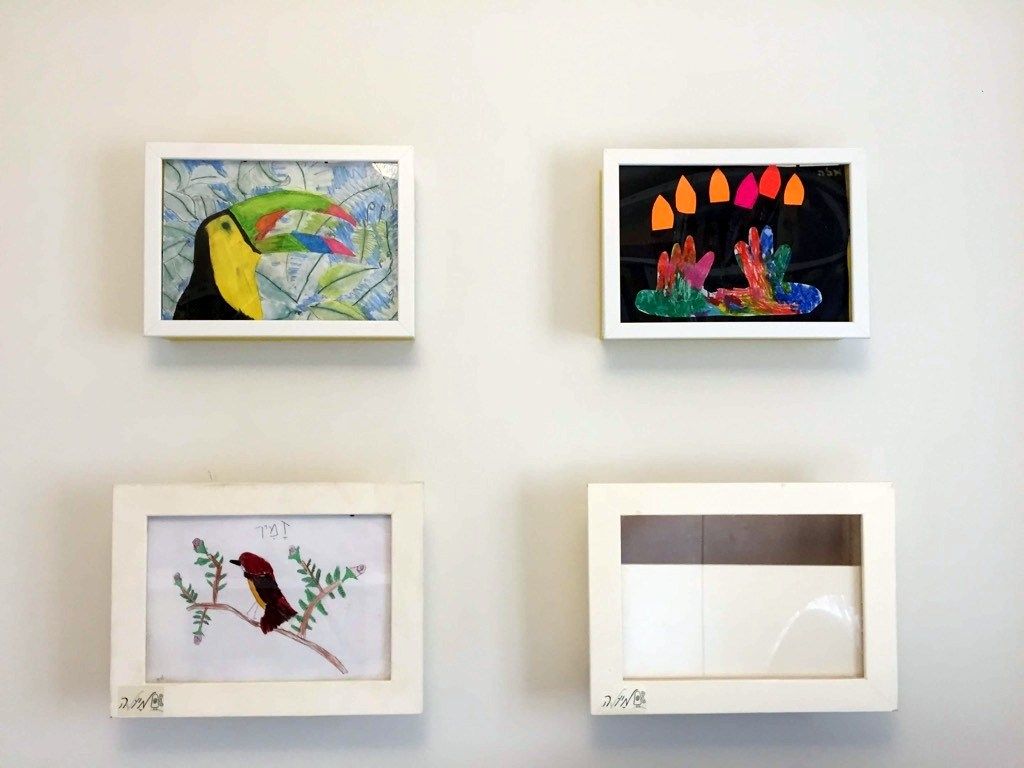
By the way, if at the beginning of a child's creative path he encounters paints, then for a long time only bright spots of different shapes will remain on a sheet of paper. As a rule, at first the child tries to use a pure color and only after a while shows interest in creating new colors. It often happens that this activity fascinates him so much that he strives to mix all the colors of the palette and, as a result, get that gray-brown-raspberry shade known to everyone ...
What do his drawings mean?
For us, adults, color often has a symbolic meaning: black personifies sadness, fear; red - passion, aggression; yellow - joy, energy. Sometimes we involuntarily begin to consider children's drawings from this point of view, forgetting that adult color perception is not entirely suitable for a child. Why? Most often, the process of studying colors begins with the fact that one color attracts the attention of the baby and becomes the subject of his experiments. So, for some time, all the details of the picture (houses, people, cars, trees) will be thick black. Do not be afraid, this does not mean that the child is experiencing depression or looks at life too gloomily, just now he is studying black and admires his energy, density, weight. Usually the passion for one color passes within one to two weeks, then another shade may come to replace it. And only after the baby gets acquainted with the whole palette, the world of his drawings will again become multi-colored. nine0003
Children's drawings usually reflect the child's attitude towards himself, the world around him and everything that happens around him. At the same time, the most important objects are depicted bright and large, and this violates the real proportions. The kid can draw himself more at home, because he draws HIMSELF, or make his beloved puppy as tall as his dad... By the way, not only pleasant characters become the most noticeable in the picture, usually experiences are drawn big and bright, the kid helps himself to cope with new or difficult life events.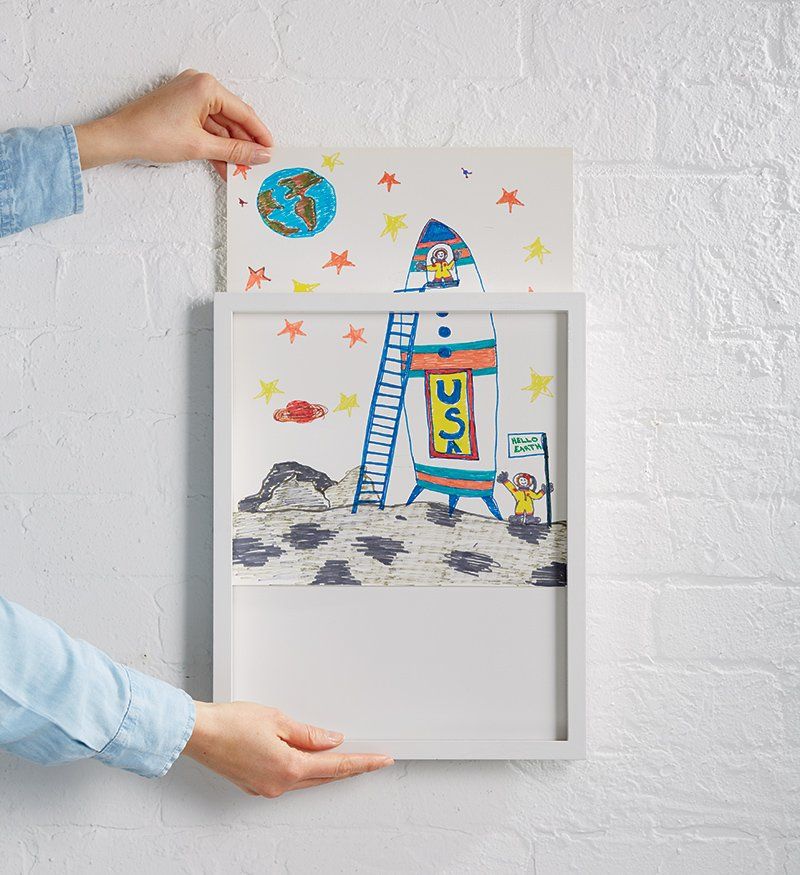 This usually manifests itself in repetitive plots or forms. So, children who feel insecure in the changing and fickle world of adults create ordered drawings that resemble subway maps, plumbing systems with taps, geographical maps. Children who have experienced a strong fright repeat terrible fragments from drawing to drawing, depicting a fire that frightened them, a dog or a car. Most often, an exciting topic gradually disappears, and the baby has new plots for drawing. However, if the same episode is repeated and becomes obsessive (for example, a child draws it for two or more weeks), adults should pay attention to this and possibly seek help from a child psychologist. nine0003
This usually manifests itself in repetitive plots or forms. So, children who feel insecure in the changing and fickle world of adults create ordered drawings that resemble subway maps, plumbing systems with taps, geographical maps. Children who have experienced a strong fright repeat terrible fragments from drawing to drawing, depicting a fire that frightened them, a dog or a car. Most often, an exciting topic gradually disappears, and the baby has new plots for drawing. However, if the same episode is repeated and becomes obsessive (for example, a child draws it for two or more weeks), adults should pay attention to this and possibly seek help from a child psychologist. nine0003
Many drawings help the child to understand himself. So, while the child perceives himself (his body) as something whole and unified, an image of a person appears on his “canvases”, whose head and torso are depicted by one object, many, many sticks at the top represent hair, and four on the sides represent hands and legs.